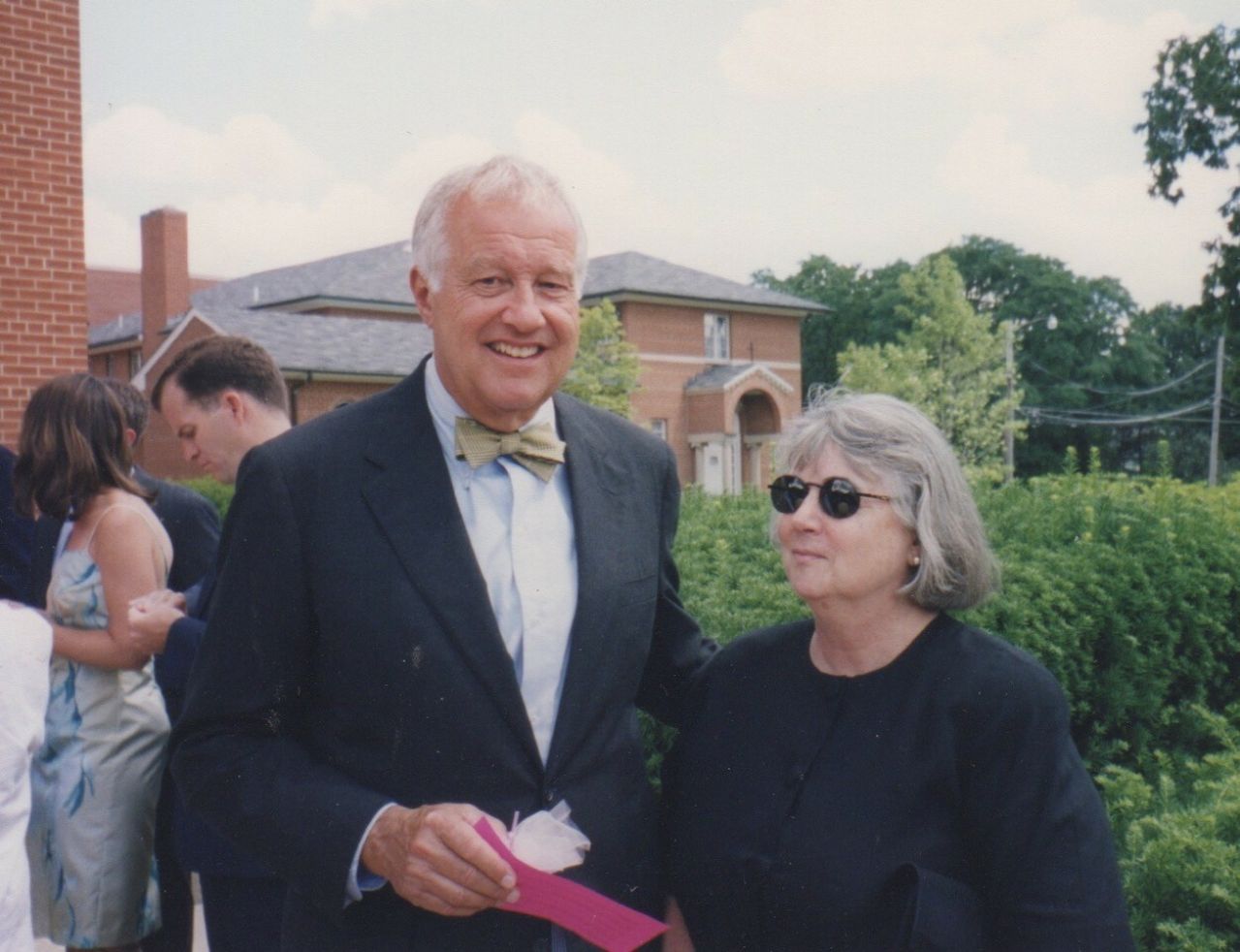June 22, 2020
Lou Inserra: A Tribute to a Colleague, Mentor and Friend

Louis P. Inserra, long-time faculty member in the Department of Architecture, passed away suddenly on Tuesday, June 16. He was 85 years old. Lou retired in 2000 as professor emeritus of Architecture at Penn State, and was recognized by the Association of Collegiate Schools of Architecture as a distinguished professor. While he taught in the Department, Lou received prestigious teaching awards from both the College of Arts and Architecture and the University. Although these awards and titles testify to Lou’s excellence as an educator, we witnessed his mastery firsthand by teaching alongside Lou for many years in the third-year undergraduate studio.
Lou was our mentor and friend. Our three offices in Engineering Unit B were all in a row, with Lou’s at the end of the corridor. Lou had an exacting routine. He would arrive early every day, sit in a chair at the far end of his office, and read The New York Times. We usually arrived later in the morning, and he would come to our doors to talk about something he had just read, to trade gossip or to describe the latest episode of Seinfeld. His studios were also rigorously organized. One afternoon a week was devoted to a slide lecture. He had a vast collection of slides he had assembled through his travels to see notable buildings. He always carried a little black notebook, in which he meticulously cataloged articles and books about the buildings he valued as teaching tools. As soon as new books arrived in the library, Lou would peruse them at a table, taking notes. At that time, there must be no book in the Architecture Reading Room he did not touch. During studio, Lou would guide individual students on “safaris” to the library, pointing them to exemplars applicable to their projects.
Lou was a strong believer in the importance of precedent — of learning from the masters. We were less organized, and less committed to a particular teaching philosophy. Yet he treated us as equals, counseling that we should not try to emulate his methods, but instead should find out what worked best for us. He believed both teaching and architecture required discipline. One of his favorite sayings was, “Even the best cooks need to do the dishes.” He had extremely high standards, and acted like Penn State was the finest architecture school in the country. He expected students meet that standard, which caused some of them to fear being assigned to his studio section. Tellingly, almost none of them ever regretted it after spending the semester with him.
In our faculty meetings, during discussions on curricular matters, budget issues or university procedures, Lou was always the one to ask, “What will this mean for the students?” In his commitment to the students, he never wavered. Although he didn’t use a computer, he was intent on making sure our students had the right sorts of technology to do cutting-edge work. Contrary to the stereotype of older faculty becoming set in their ways, even as he neared retirement, Lou was always looking for new sources of inspiration to share with his students. As one of his former students recently said, “On architecture, Lou was Google before there was Google.”
Through his example Lou taught us to care; to care for our students, our school and for what we together make — architecture. We work hard to make things better because we care. We will be kind because we care. We will be critical because we care. It all starts with caring, and no one ever cared more about teaching architecture than Lou Inserra.
Katsu Muramoto and Dan Willis
